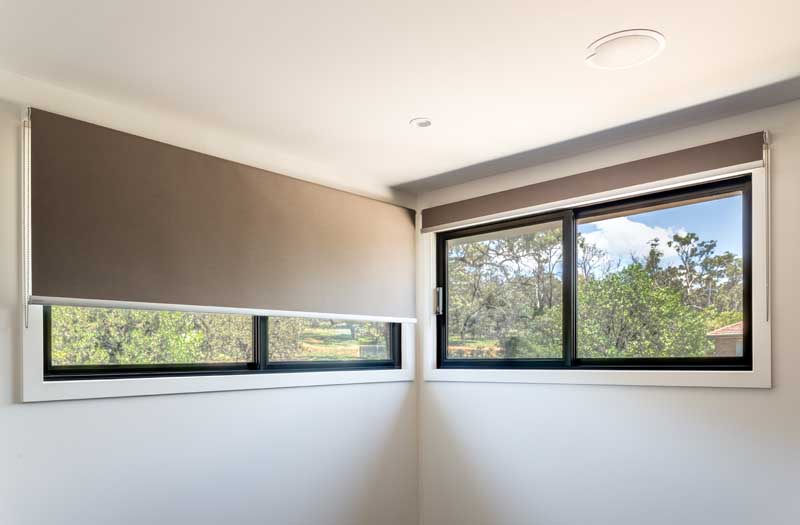The Effects of Ultraviolet Radiation
We all know that Ultraviolet (UV) radiation is bad for us. We know that we need to wear sun screen at the beach and install roller blinds in our home in order to ensure we stay protected. But do you actually know what UV radiation (also known as UV rays) really is? Do you know why it’s dangerous? In this article, we’ll attempt to give you a simple explanation of how UV radiation works.
Let’s start with the basics…
At its most basic level, UV radiation is a type of energy travelling through space. This category of energy is known as electromagnetic radiation and also includes visible light, x-rays, infrared ways and radio waves.
The energy travels in the form of waves; a measurement of this energy, then, is what is known as a ‘wavelength’. The larger the wavelength, the less energy there is; visible light, for example, has a longer wavelength than UV radiation. This means that UV radiation has more energy and, thus, is more dangerous.
The sun and UV
Around 99 per cent of the energy emitted by the sun is in the form of visible light; this is what allows us to see the world. However, the sun also emits UV radiation, which simply carries too much energy. It cannot be seen. It doesn’t help us like light does. It only causes damage to molecules. Some of the damage it causes includes:
- Making the molecules shake
- Knocking electrons from atoms
- Making the molecules split
This leads to a change in the molecule’s chemical structure that causes cell damage and deformities by actually mutating its genetic code. In human beings, this can result in sunburn or, in worst case scenarios, skin cancer.
The different types of UV
UV rays can be split into three wavelength bands.
- UV-A rays have the longest wavelength and, as such, are the least powerful type of UV radiation. However, they can still be very dangerous. What’s more, because they don’t have enough energy to break apart the ozone layer’s bonds, they generally pass through to the earth unfiltered.
- UV-B rays are stronger than UV-A rays, but not as strong as UV-C rays. As a result, UV-B rays are more dangerous than UV-A, but are not as capable of penetrating through to the earth.
- UV-C rays are the most dangerous of all, but luckily for us, they do not reach the earth’s atmosphere. Instead, they meet the molecules of the ozone layer and break apart the bond, absorbing the energy.
UV variability
There are various factors that can influence the effects of UV radiation, including:
- Time of day: UV radiation is more prevalent between the hours of 11am and 3pm than at other times of the day because the sun’s electromagnetic radiation has a shorter path through the earth’s atmosphere.
- Weather conditions: Clouds can deflect UV radiation back up into space. However, at the same time, cloudy conditions where the sun still finds a way through can lead to more dangerous UV radiation as the clouds reflect the radiation back to the ground.
- Altitude: The higher you are up, the thinner the atmosphere. As a result, there is a lower number of molecules available to absorb the UV. This means that higher altitudes are more dangerous for UV radiation.
- Physical land features: Snow, sand and water all reflect UV rays, causing them to scatter; this leads to faster levels of sunburn.
- Shade: Keeping in a shaded area or installing window blinds in your home will protect you from UV radiation.














No Comments